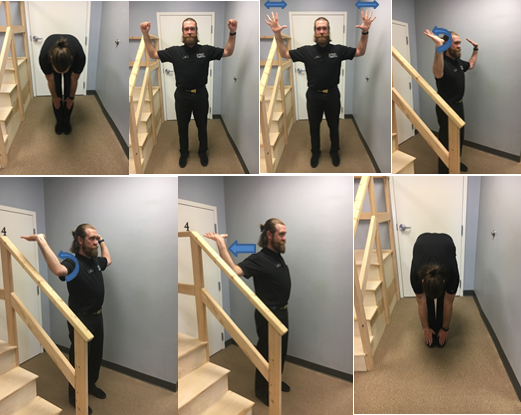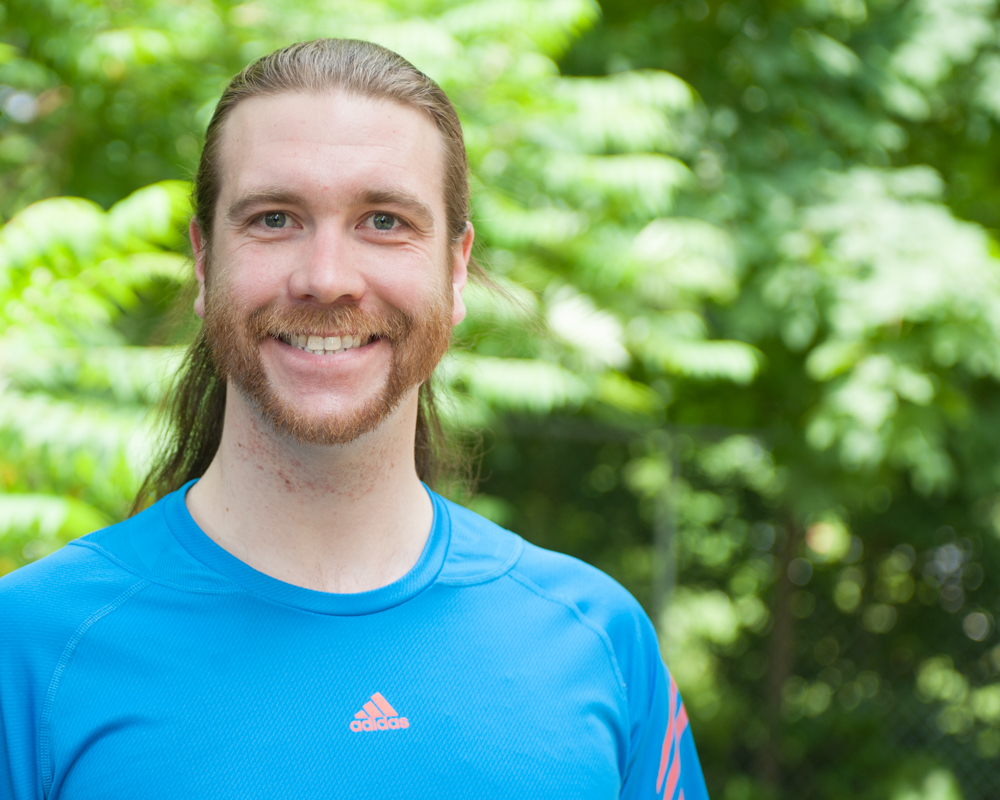What is fascia? Where is it located in our bodies and what is its purpose? Everyone has heard of skin, muscles, tendons, ligaments, and bones. But fascia is also a very important structure in our body.
Fascia is a connective tissue that runs throughout the entire body. It interweaves itself in between and around our muscles, bones, arteries, veins and organs. In physical therapy, we use the term “myofascial” to describe the relationship between our fascia and muscles. It can be described as a dense spider web for a visualization of what it looks like. In a healthy state, our fascia is relaxed and pliable and is able to move freely without restriction. However, many factors can cause our fascia to become restricted. Physical or emotional trauma, inflammation, traumatic accident (whiplash) or habitual bad posture may all lead to restriction of the fascial tissue in our bodies. The effect of this can be felt as tightness or tension within the body. This restriction creates excessive pressure on structures in our body that may lead to symptoms such as pain, headaches and decreased ability to withstand our activities and stressors of daily life.
Research has shown that there is a correlation between emotional trauma and myofascial pain. Those who suffer from PTSD are more inclined to develop chronic conditions such as headaches and fibromyalgia due to the way they handle their stress.
It is reported that approximately 44 million Americans are affected by myofascial pain.
Throughout our bodies, fascia has been mapped and there are considered to be 7 “lines” of fascia that run the length of our body. One of these lines, the superficial (close to surface of our skin) back line, can be affected by our modern computer, cell phone viewing culture. The forward head, rounded shoulders look so many of us have by being in front of a screen for hours and hours. This superficial back line is responsible for keeping us in an upright posture and encourages extension movement. When we sit at a computer for an extended period of time, our hamstrings get tight, our pelvis gets rotated anteriorly (forward), our shoulders become earrings, and our suboccipital space (the soft tissue at the base of the skull) is shortened and compressed. These postures cause the fascial line to malfunction and create pain or discomfort and even tension headaches. So it is important to take frequent breaks throughout the day so these tissues don’t get the chance to tighten up on us.
Let’s do a little experiment…
Go ahead and stand up. Place your feet together with your knees straight. Keeping your back straight, gently bend forward and see how far down your shins your hands go and take a note of it(1). Did you make it to your knees? Did you make it to your ankles? To the floor? Noted.
Next, I’m going to have you work some muscles in your back and see if you can reach any further towards the floor. First, lift your arms up so your shoulders and elbows are at a 90 degree angle(2). Then open your hands as wide as you can(3) then extend your wrists back(4). Next, externally rotate your arms backwards(5). From this position, squeeze your shoulder blades together(6). Now hold this position and keep trying to open your hands wider, keep trying to extend your wrists further, keep rotating your arms back and keep squeezing your shoulder blades together. Do these for 45 – 60 seconds then repeat 3 times. Now recheck your forward bend(7). Did you get any closer to the floor? By performing these extension based motions, you relaxed the fascia in your upper back, in turn relaxing the connecting fascia of your lower body to get more flexibility in your hamstrings.

The interesting thing about fascia is that if you’re feeling tightness in your back, we can work on the fascia of your lower body and it may give some relief to your back. Likewise, if your hamstrings are feeling tight, you can massage the bottom of your foot to get more flexibility to your hamstrings. Feeling tension through the back of your neck? Try releasing the tissues of your low back to relieve your neck.
It’s all interconnected. If you’re feeling discomfort in one area, chances are it may be coming from a completely different part of the body. Here at Back in Motion, We take a full body approach to rehab. Our skilled physical therapists will give a thorough examination to find out the cause of the issue and work with you to create a plan of care that tends to your individual needs. Give us a call and set up a FREE pain consultation to find out if physical therapy is right for you!

Andy Broomhall
Physical Therapist Assistant
Portland, Maine
